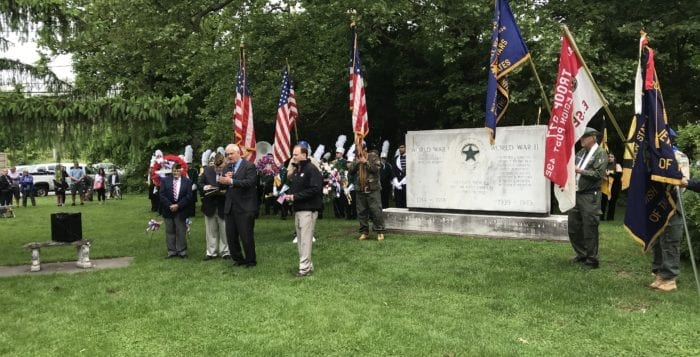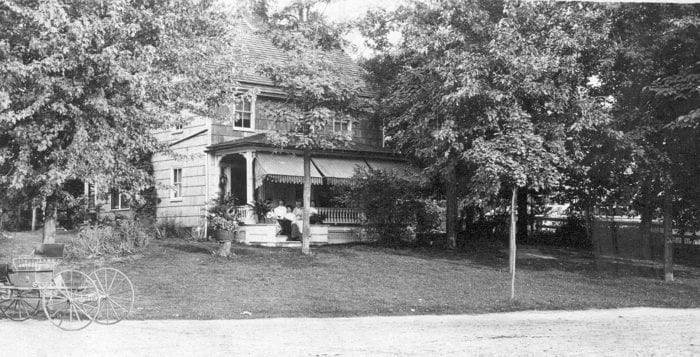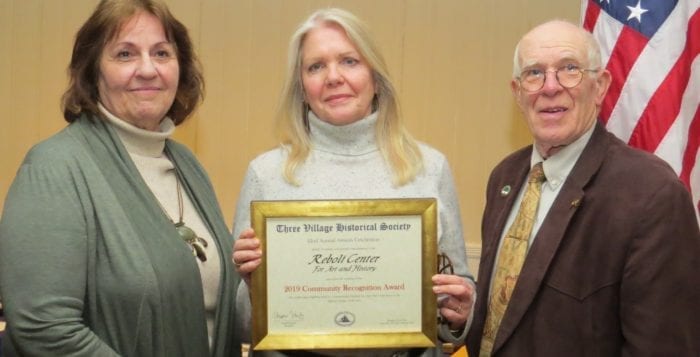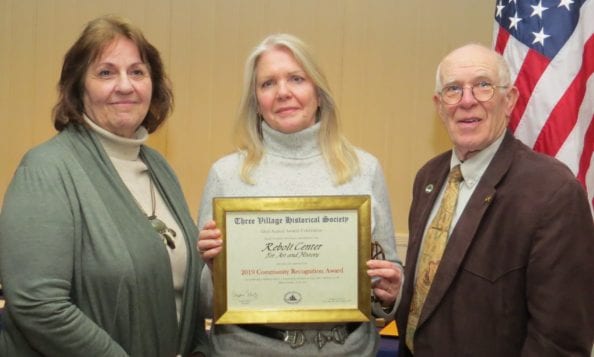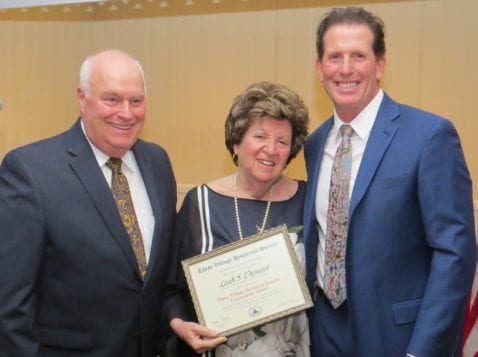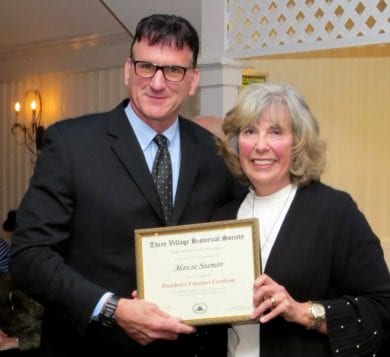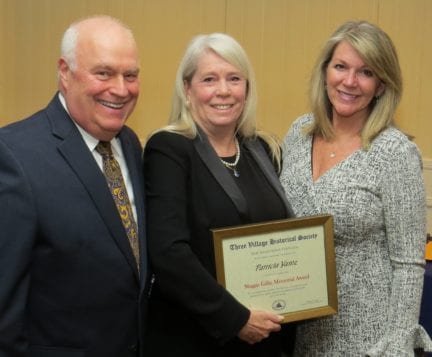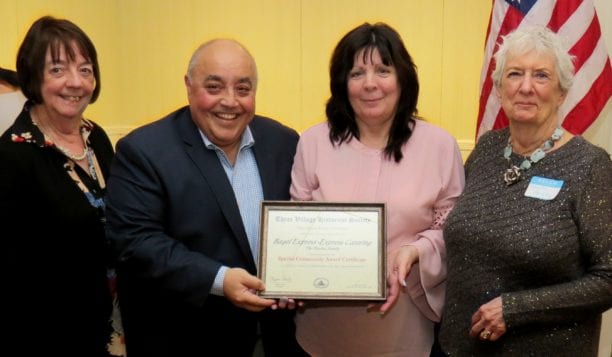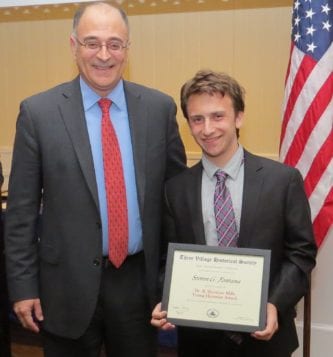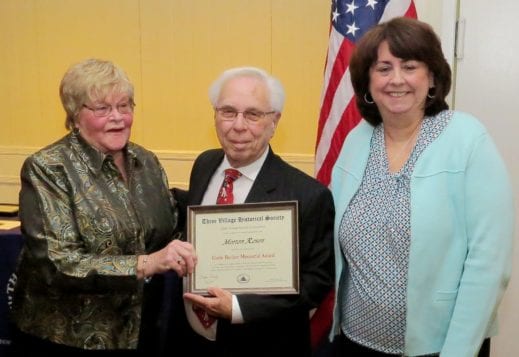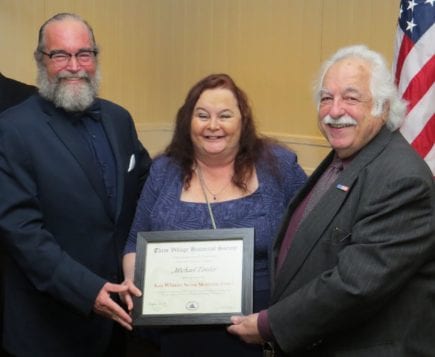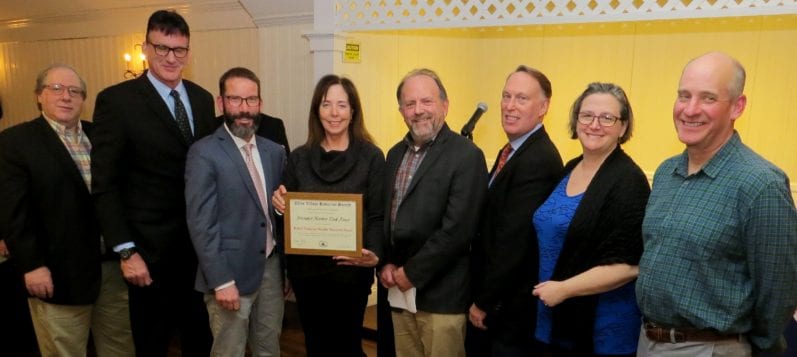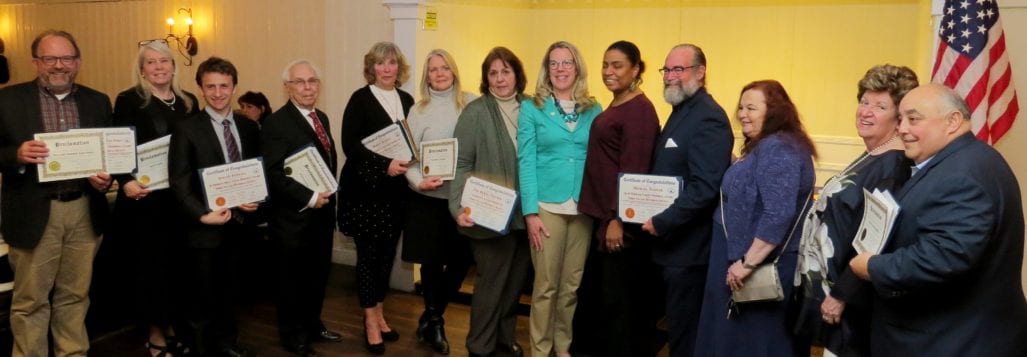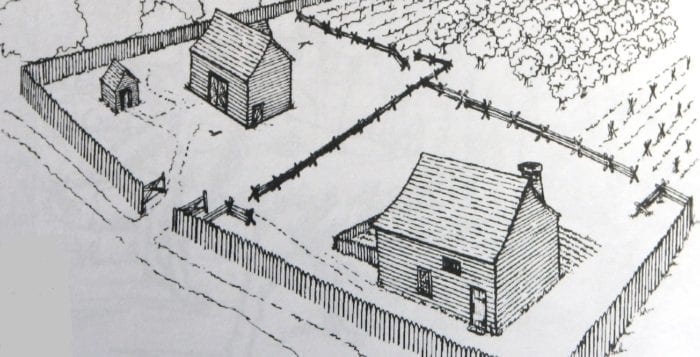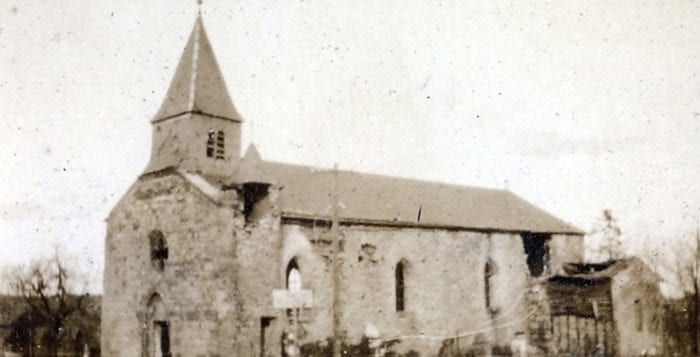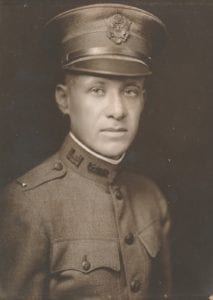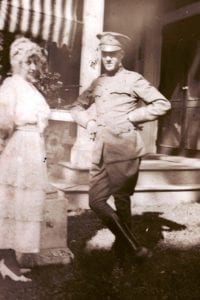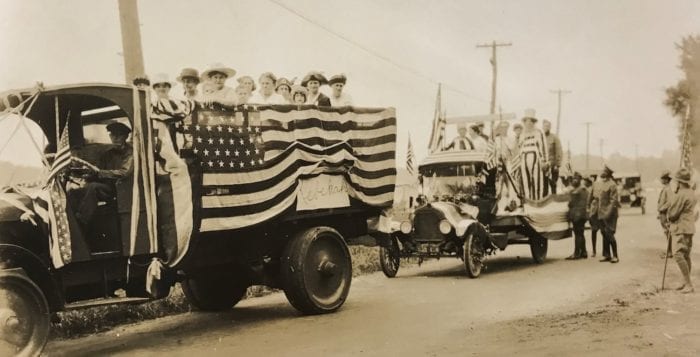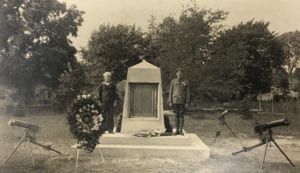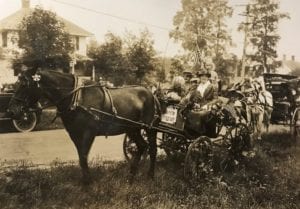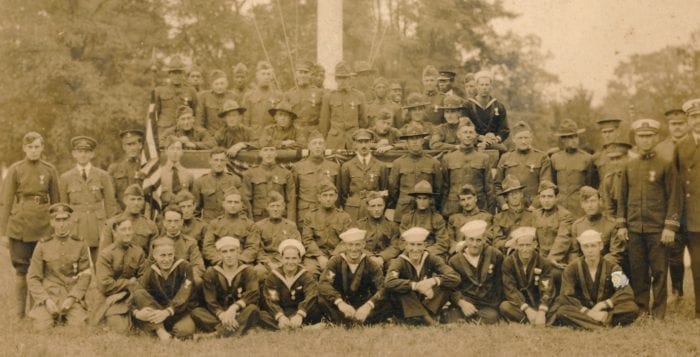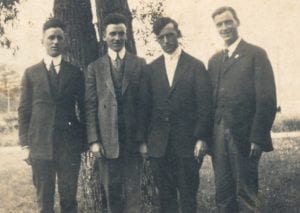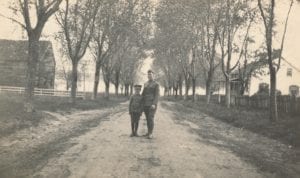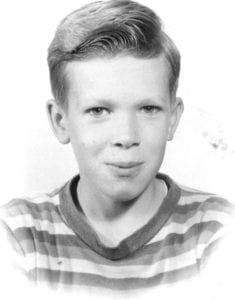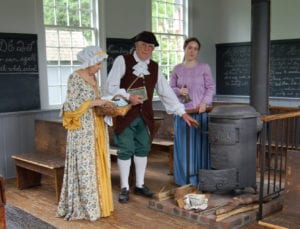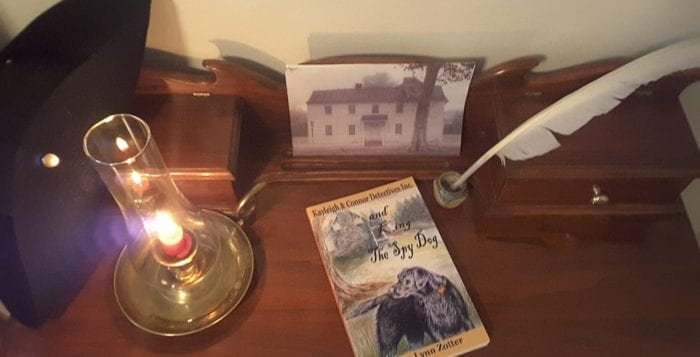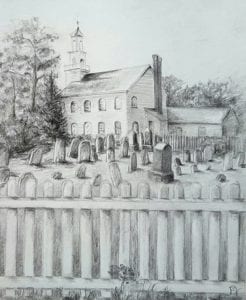By Beverly C. Tyler
The celebration of Memorial Day, or Decoration Day as it was first called, began when the first proclamation for a day to decorate the graves of Union soldiers killed in the Civil War was made on May 5, 1868, by Gen. John A. Logan, national commander of the Grand Army of the Republic.
He declared, “It is the purpose of the Commander-in-Chief to inaugurate this observance with the hope that it will be kept from year to year.” May 30 was chosen as the day, “for the purpose of strewing with flowers or otherwise decorating the graves of comrades who died in the defense of their country during the late rebellion.”
In 1873 New York State recognized Memorial Day as an official holiday and many other states followed during the next few decades.
In the Three Villages, Memorial Day is observed with ceremonies, first in Stony Brook and then in Setauket. In Stony Brook a plaque first dedicated on July 6, 1946, states, “This tablet is erected and dedicated, as an abiding memorial and as a token of the affectionate esteem of grateful citizens, to those gallant young men and women of the Stony Brook community who, in obedience to their country’s call, courageously offered their lives in World War I and World War II to maintain the American principles of liberty and justice.”
Two men from the local area gave their lives in World War I, Raymond Wishart and Harry Golden. The massive boulder and south-facing bronze tablet were erected on the Setauket Village Green in their memory. The boulder was brought from Strong’s Neck, and the plaque was designed by the well-known artist William de Leftwich Dodge who painted the murals on New York history that are in the state capitol in Albany.
Private Raymond Wishart, son of postmaster and Mrs. Andrew Wishart, was born Sept. 10, 1893, and he died in France Aug. 23, 1918. His remains were returned to this country and were buried in the Caroline Church of Brookhaven graveyard on a Sunday in July 1921. Harry Golden is remembered by his nephew, Sam Golden. “He was a sergeant in charge of the mules,” Sam recalled. “His unit was attacked, and he was killed. He was 28 years old when he died, and he’s buried there in France.”
On the opposite side of the rock is a plaque that was placed there after World War II. It reads, “1941–1945 — In memory of Clifford J. Darling, Henry P. Eichacker, Francis S. Hawkins, David Douglas Hunter, Orlando B. Lyons, Anthony R. Matusky, Edward A. Pfeiffer [and] William E. Weston of the United States Armed Forces who gave their lives in World War II.” A new plaque was later added to honor Chris Brunn who died in Vietnam in 1969.
The graves of these soldiers who served during the two world wars are often decorated by the Veterans of Foreign Wars Post 3054. The grave of Francis S. Hawkins, tech sergeant, 853 AAF Bomb Squadron, is also in the Caroline Episcopal Churchyard and Cemetery, near the stone of Raymond Wishart, and it details his service. “The son of Everett Hawkins [the last miller in Setauket] and Celia Swezey was born at Setauket, L.I., June 18, 1911. He volunteered in the U.S. Army Air Force September 24, 1942. On November 25, 1944 he gave his life to his country while on his 28th bombing mission over enemy lines, when his plane ‘The Moose’ was shot down over Hanover and crashed near Gehrden, Germany.”
The graves of patriots who served in the Revolutionary War are not forgotten either. In the Three Village area the graves of 30 patriots, including Nancy Strong, will be decorated before Memorial Day. The graves are in eight separate graveyards some of which are small family burying grounds. The list is a permanent part of the Three Village Historical Society’s Local History Collection.
After ceremonies on the Setauket Village Green, units of the Veterans of Foreign Wars, American Legion, fire departments and other community organizations parade each year to the Memorial Park in East Setauket for the final services of the day. The brief tribute honoring those who died in the service of their country is an experience that may be observed and renewed each year.
Beverly C. Tyler is Three Village Historical Society historian and author of books available from the society at 93 North Country Road, Setauket. For more information, call 631-751-3730 or visit www.tvhs.org.

